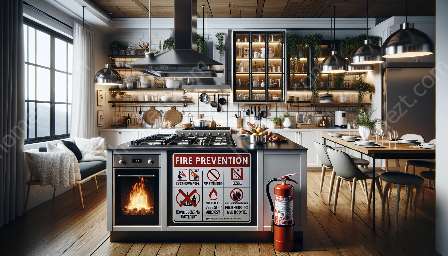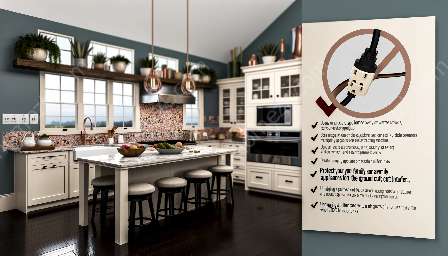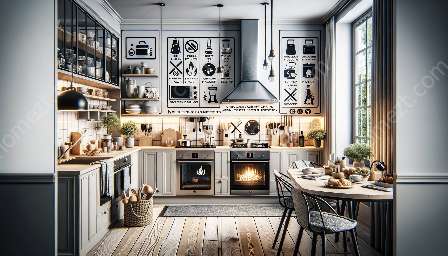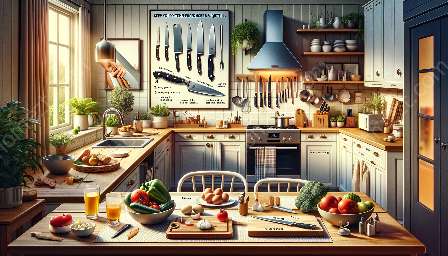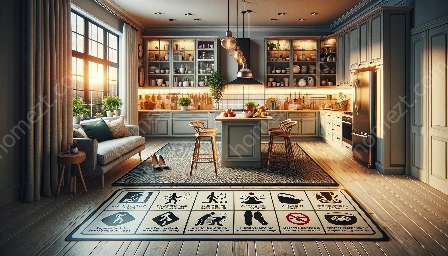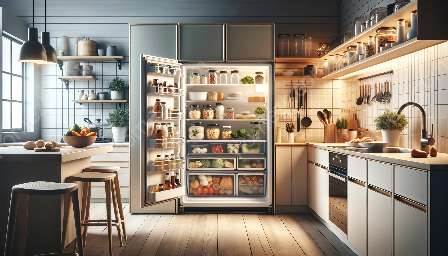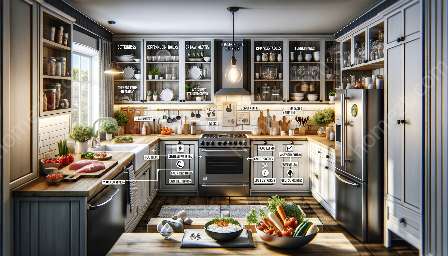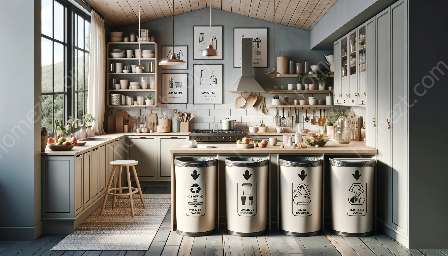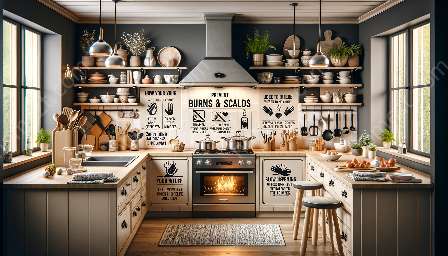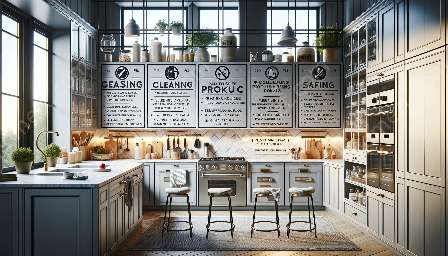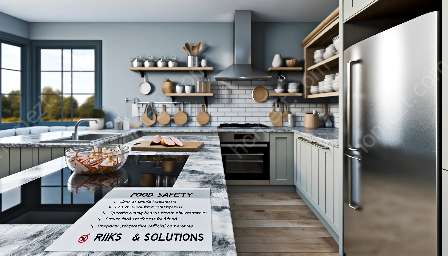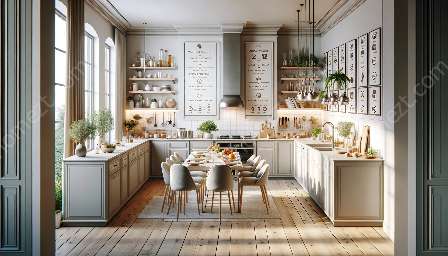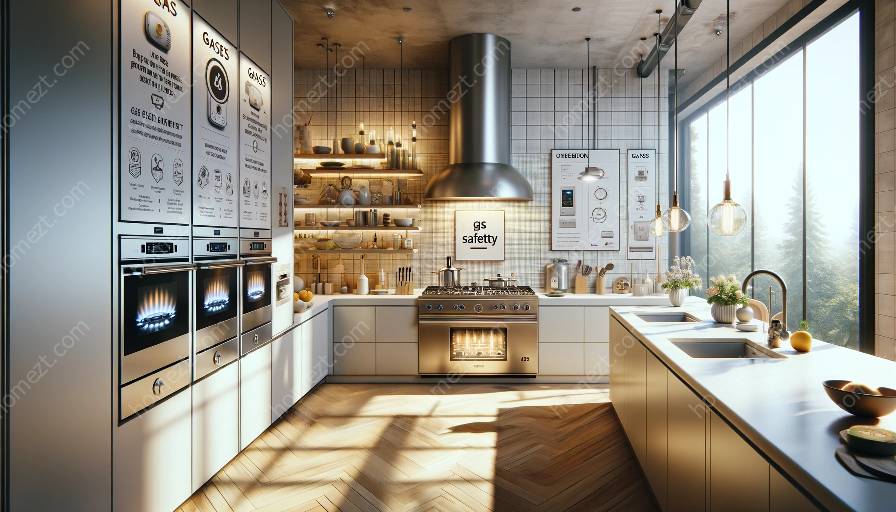Gas safety in the kitchen is crucial for maintaining a safe and secure environment for cooking and dining. In this comprehensive guide, we'll explore the key aspects of gas safety in the kitchen, including the importance of proper ventilation, gas appliance maintenance, and gas leak detection. Understanding and implementing gas safety measures can significantly reduce the risks associated with gas usage in the kitchen.
The Importance of Gas Safety
Ensuring gas safety in the kitchen is essential for preventing accidents, fires, and health hazards. Gas is a convenient and efficient fuel for cooking, but it can pose significant risks if not managed properly. By adopting proper gas safety practices, you can create a secure environment for cooking and dining.
Proper Ventilation
Effective ventilation is crucial for maintaining gas safety in the kitchen. Proper ventilation helps to remove combustion by-products, such as carbon monoxide, and prevents the accumulation of gas fumes, which can be hazardous to health. Ensure that your kitchen is equipped with a functioning exhaust fan or range hood to facilitate adequate air exchange while cooking.
Gas Appliance Maintenance
Regular maintenance of gas appliances is vital for ensuring their safe and efficient operation. Schedule professional inspections and servicing for gas stoves, ovens, and other gas-powered equipment in your kitchen. Keep an eye out for signs of wear and tear, such as corroded fittings or damaged gas lines, and address any issues promptly to prevent potential safety hazards.
Gas Leak Detection
Gas leaks are one of the most significant dangers associated with gas usage in the kitchen. It's important to be able to recognize the signs of a gas leak, such as the smell of rotten eggs or a hissing sound near a gas appliance. Install a gas leak detector or carbon monoxide alarm in your kitchen to provide an early warning in case of a gas leak.
Kitchen Safety Practices
Gas safety in the kitchen is just one aspect of overall kitchen safety. Implementing general safety practices, such as keeping flammable items away from the stove, using pot holders to handle hot cookware, and ensuring that electrical appliances are kept away from water sources, can further enhance the safety of your kitchen environment.
Conclusion
By prioritizing gas safety in the kitchen, you can create a secure and comfortable space for cooking and dining. From maintaining proper ventilation to conducting regular gas appliance maintenance and being vigilant about gas leak detection, these measures are essential for ensuring a safe and enjoyable kitchen experience.

